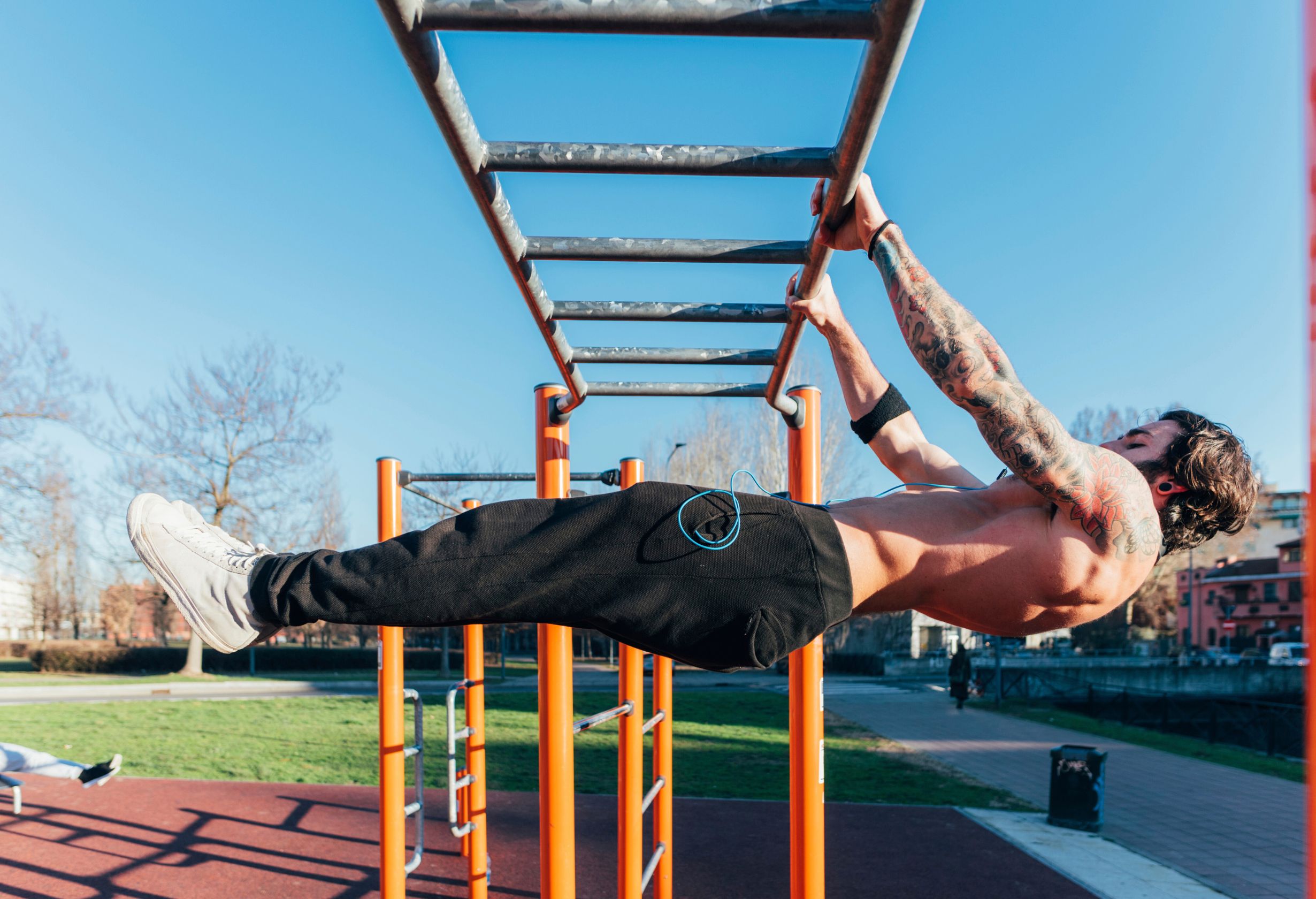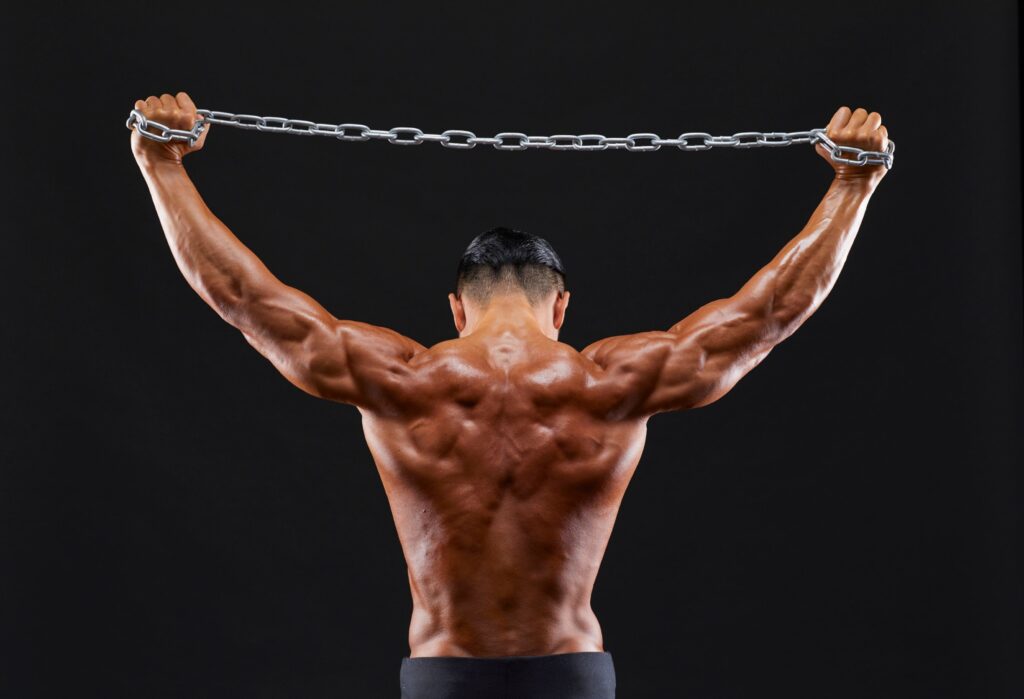Tensegrity Model: Harness Your Body’s Power

The Tensegrity model is an architectural concept used to stabilize bridges and skyscrapers. The same concept is also found in our bodies and significantly influences our athletic performance.
What is the Tensegrity Model?
The Tensegrity model is an architectural concept where a structure – such as a bridge or skyscraper – is balanced and stabilized through tension and compression. Tensegrity structures consist of a network of tension elements (like ropes or wires) and compression elements (like bars). This system can deform under load without losing stability. If one part experiences stress, it distributes it across the entire structure, maintaining balance between compression and tension. This flexibility allows structures to absorb and mitigate vibrations and impacts from storms or earthquakes. Tensegrity is also used in aerospace to develop lighter and more durable structures capable of withstanding extreme conditions.
The Tensegrity Model in Humans
Although it’s unclear if Fuller took humans as inspiration, this construction principle is also present in the human body. Recent scientific findings show that from our cells to our entire organism, we utilize Tensegrity structures to ensure form and stability. This biological Tensegrity model is known as Biotensegrity. It forms the basis for understanding our body as a network of continuous tension and punctual pressure.
Everything is interconnected
In our bodies, muscles, ligaments, tendons, and fascia are interconnected. They all work together to create a stable yet flexible structure. This system operates similarly to Tensegrity models, where tension and compression elements work in a balanced ratio. Applied to the human body, fascia, muscles, ligaments, and tendons serve as tension elements, while bones and joints act as compression elements.
For example, when a muscle contracts, it pulls on tendons and fascia, creating tension that enables movement. Simultaneously, the bone structure manages pressure, distributing the load and preventing system disruptions. This allows our body to remain flexible while maintaining stability.
But what happens when this structure is disrupted? According to the Biotensegrity model, any change affects the entire system. Reasons for these changes may include muscular tension, shortened muscles due to uneven stress, poor posture, or incorrect weightlifting techniques.
Muscle Chains and Fascia
Our 639 muscles rarely work in isolation but mostly in muscle chains. These chains run through the body – front, back, sideways, and spirally – and are interconnected via fascia. Thus, an imbalance in one area can affect the entire chain, influencing posture, movement quality, and performance.

Uneven Stress
Most of us tend to perform everyday tasks consistently with the same side of the body. For instance, using the same foot for stairs, brushing teeth with the same hand, or predominantly using one hand for smartphones. Naturally, the dominant side becomes stronger. Moderately maintained, our body can compensate. However, eventually, muscular imbalances can occur, often due to one-sided training. A prime example is the biceps – many train it for a great T-shirt figure while neglecting the triceps.
Other common imbalances exist between:
Squats with weak glutes
For instance, if you perform squats with heavy weights and your glutes are too weak, the quadriceps and back extensors try to compensate for the deficit. Over time, overuse of favored muscles can lead to problems. A “weak link” in the chain can affect the body’s stability and movement quality. Stronger muscles become stronger and more tense, while the weak muscles remain weak, throwing the balance off.
What are the effects of imbalances?
The effects of such imbalances are noticeable. Due to overload, compensating muscles consume more energy, negatively affecting performance. Movements feel less “smooth” and economical. Furthermore, persistent malformations can lead to pain or injury. Thus, many back or joint pains result from such tension imbalances in the myofascial network.
How do I recognize imbalances?
How do I recognize if my own “body tension network” is out of balance? Often, posture and movement patterns provide initial clues. For example, standing in front of a mirror, noticing one shoulder hanging noticeably lower than the other, or experiencing recurring tensions in the same area, likely indicate imbalances. Recurrent pain during everyday stress can also be a sign: for example, knee pain when climbing stairs (possibly due to weak hip muscles) or neck pain while sitting (due to shortened chest muscles and weak upper back muscles).
Functional Movement Screen
For precise analysis, the Functional Movement Screen (FMS) is particularly useful. Basic movements (such as squats, lunges, torso rotations, etc.) are evaluated to determine where issues arise. Often, even simple exercises can reveal muscular imbalances. For instance, if knees tilt inward during a squat, it indicates weak hip abductors and disharmony in the leg chain. Such observations are invaluable for addressing causes directly rather than merely treating symptoms (such as pain).
How do I regain balance?
Initially, the goal is to activate underdeveloped or weakened muscles while relaxing overactive muscle areas. Various measures come into play: